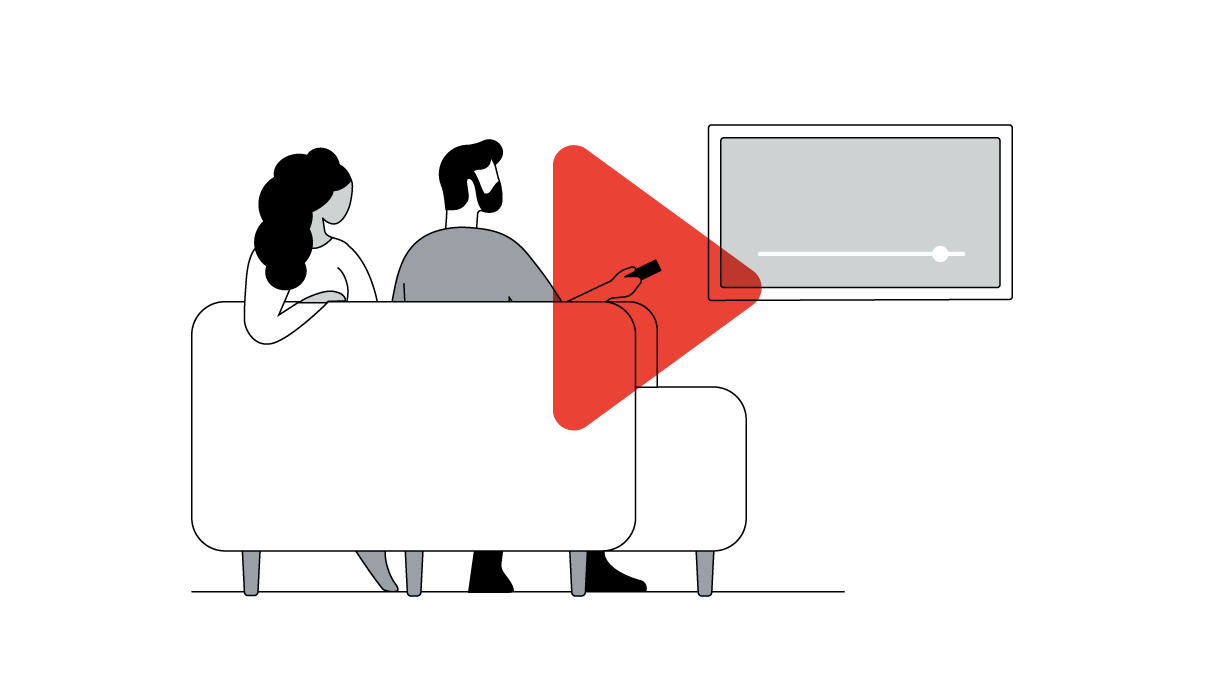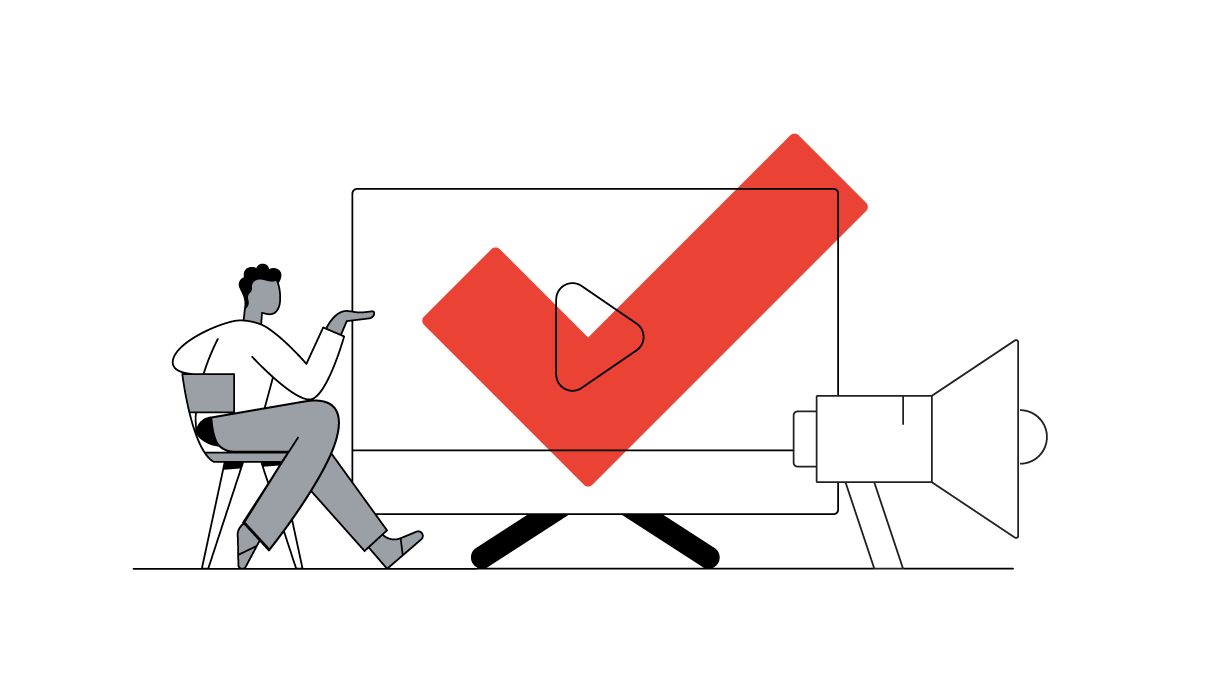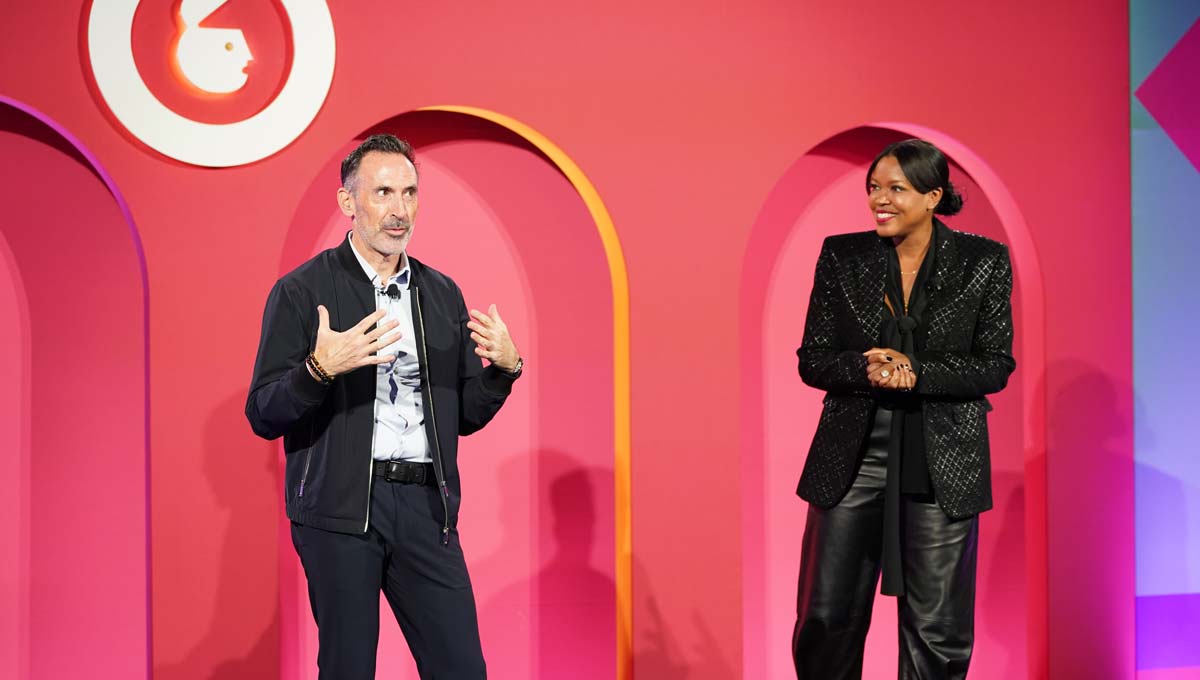With demand for laptops shifting throughout the year, it’s important for us to get in front of our audiences before and during peak seasonal moments, such as back to school, when people purchase laptops most. Digital advertising has played a huge role in our ability to speak to our largest audiences and increase sales during these times.
Our marketing strategy allows us to innovate to drive business results

At Chromebook, 80% of our marketing investment goes toward tried and true solutions and 20% goes toward strategic testing. We’ve learned that having an experimental mindset not only allows us to innovate, but it also helps us keep up with the latest consumer behavior using ever-evolving digital advertising technologies, while also driving business results.
We always turn to YouTube to reach a mass, in-market laptop-shopper audience. Below are two approaches that led to a substantial increase in brand consideration, reach, and video viewership on YouTube.
Betting on the future of video
Many brands start video planning with TV first and add incremental reach through YouTube. We took a different approach by planning YouTube first. YouTube has played a large role in our U.S. media plans due to its massive reach, targeting, and frequency management capabilities. It has also had strong historical brand lift performance, given its ability to effectively reach in-market laptop shoppers, and has been a leading sales generator in our media mix.
YouTube is no longer just something people experience on their phones or computers. And while traditional TV is on the wane, connected TV consumption has grown dramatically in the last year, with over 120 million people in the U.S. streaming YouTube or YouTube TV on their TV screens in December 2020 alone.
Recognizing this momentum, we focused more on CTV in the back half of 2020, and tested how much it can drive results. As a result of this test, we more than tripled our U.S. CTV spend from 8% of overall YouTube spend in Q3 to 30% in Q4. This increased spend resulted in an additional 250 million impressions, and we saw lifts across all tactics and audiences.

In addition to the growth trends we were seeing in CTV, our confidence in testing this strategy in 2020 also came from the success we saw on the platform in 2019. We ran a head-to-head test with TV in 2019 and found that YouTube can effectively generate 150 target rating points within a week, equivalent to our reach/frequency targets for TV, and that YouTube’s unique reach for ages 18 to 49 was 43% higher than that of TV. This helped us prove that we can effectively scale this tactic and drive brand lift, leading to further success the following year.
Creating for your audience
Of course, media is always only part of the story. Innovative storytelling is the key to connecting with increasingly hard-to-reach audiences. For our 2020 campaign, we took a few different approaches to our video marketing strategy.
First we made the most of video ad sequencing to more carefully control frequency and tell an impactful story that builds over time. We found that using sequencing to differentiate the experience for skippers and viewers drove stronger lift. Testing showed that running five different videos within one sequence versus three led to 17% to 22% higher lift at a 35% to 45% lower cost per lifted user. The more creative viewers saw, the higher consideration was.
Innovative storytelling is the key to connecting with increasingly hard-to-reach audiences.
Within these sequences, we also ran a combination of traditional ads and influencer-created videos. Our traditional creative was mostly product focused and highlighted the effect of switching to a Chromebook through visuals and voice overs. The influencer videos featured Bill Nye questioning why non-Chromebook users had not switched yet and the science behind switching. Sequences that included influencer video drove 2X higher consideration lift at a 50% lower cost per lifted user. We believe this is a result of influencers being able to connect to the audience and warming them up to the product-specific message.
Lastly, building off of the baseline campaign success, and with the insight that Spanish speakers represent a sizable subset of our in-market laptop shopper audience, we expanded into Spanish-speaking in-market audiences in the U.S. as a fast-follow across multiple YouTube formats, using Spanish creative. By developing culturally relevant Spanish-language content, we were able to increase reach, drive lift, and engage with a broader audience. Due to the success we've seen with these audiences, we’ve increased our Spanish-language share of total YouTube investment to over 20% this year.
This year, YouTube will play an even larger role in our back-to-school and holiday video marketing strategies. We are eager and excited to continue the momentum we’ve had over the last few years and to continue to see success on YouTube.








